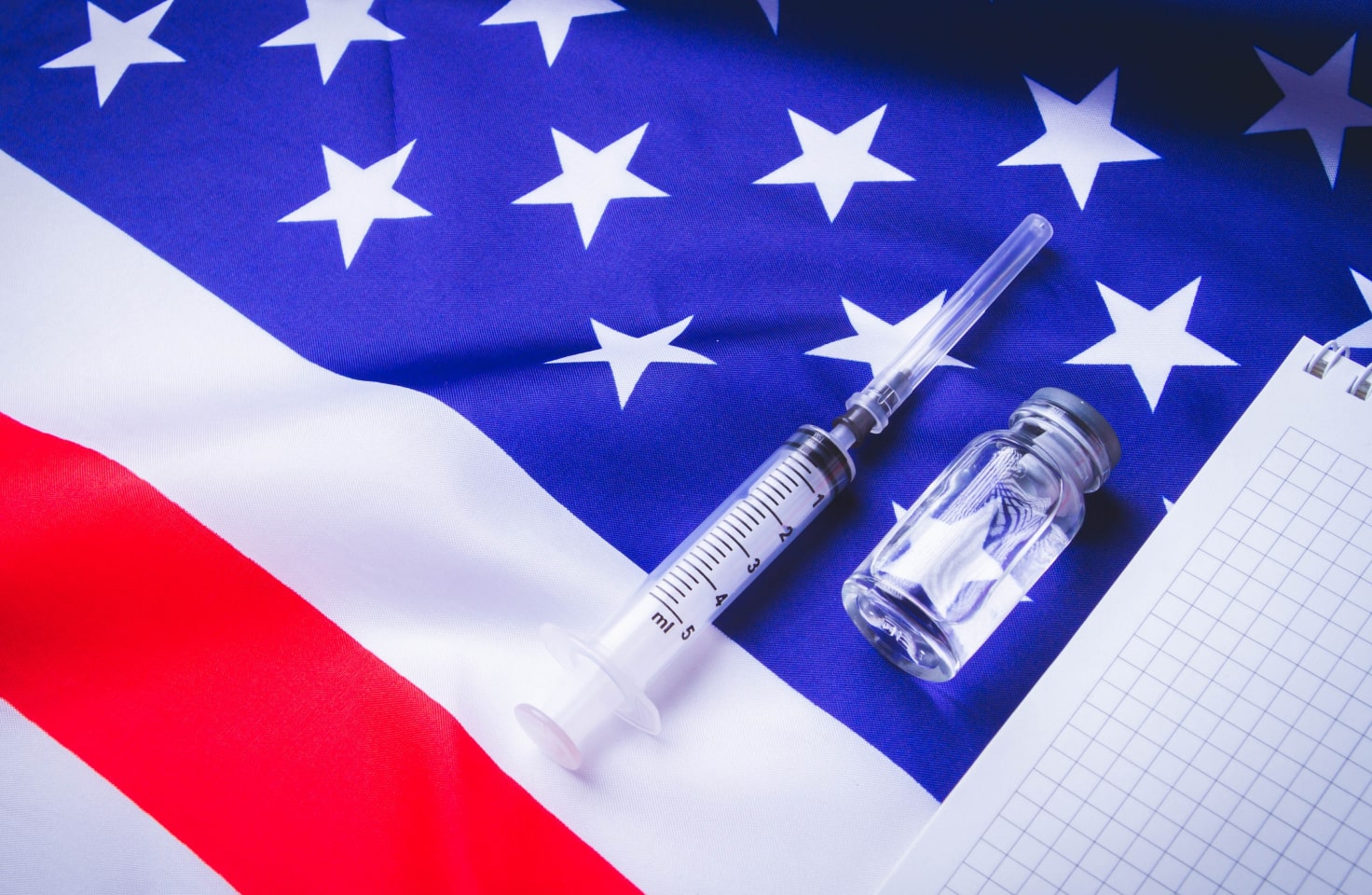T1D Guide
T1D Strong News
Personal Stories
Resources
T1D Misdiagnosis
T1D Early Detection
Research/Clinical Trials
Roller Coasters and T1D: How to Navigate the Ups and Downs of Theme Parks
So you’ve officially planned it—the best weekend getaway to your closest amusement park. You bought the tickets and scheduled the pet sitters. Without a care in the world, you mark the exciting dates on your calendar, except for one thing: How are you going to manage this with diabetes?

Just as with everything else, enjoying a fun-packed day filled with roller coasters and carnie food has to be looked at from a unique perspective when you have type 1 diabetes (T1D). Whether you’ve had T1D for two months or two years, your day will have to look a little different from other park-goers, but that doesn’t mean it has to be any less fun.
A little planning can ensure you get the most out of your Disneyworld, Universal Studios, or Six Flags vacation without compromising your comfort or safety.
Here are five tips and tricks to help you navigate the fun-paced experiences roller coasters and amusement parks have to offer.
Obtain Disability Passes
If you are going to be spending your time at a well-known and established amusement park, the park likely offers some sort of disability pass to accommodate their guests as needed. These passes allow the rider, and often an allotted number of guests, to skip the line for a ride of choice and then wait the original wait time for their chosen ride before using the pass again.
This usually entails walking around with a piece of paper for the ride attendants to track your usage, but what’s another thing to carry around in your pocket to a T1D, anyway?
Long story short, taking advantage of this pass can be very beneficial. The ability to ride a high-intensity roller coaster at a time convenient for your blood glucose level is key. It allows you to step away and help yourself to some much-needed sugar, if necessary, without sacrificing your spot in line.

Use Lockers Around the Park
Remember those full pockets I mentioned earlier? Well, here's a solution. Often, amusement parks will offer guests the ability to rent a locker for the day, allowing you to stow away all personal belongings without having to lug them around the park. Though carrying some things in your pocket may be beneficial, the flexibility, once again, is helpful to T1Ds.
Need to bring your pens and needles but don’t want to carry them around the park? Stash them in their cooling case and toss them in a locker until needed.
Want to be careful and bring extra Omnipods, fruit snacks, and juice boxes for peace of mind? Me too. Stick them in the locker and forget about them for the time being. The use of a locker also allows you to put away non-diabetic items you may want in the park but not flung off the coaster, such as sunglasses, jackets, water, snacks, and more.
Track your Sugar, Like Always
Just as with any typical day, it is incredibly essential for T1Ds to keep a tight watch on their blood glucose level. Going to an amusement park, though, is a whole new ballgame. As suspected, many more delicious and tempting snacks, such as elephant ears, ice cream treats, and tasty funnel cakes, may be unavailable elsewhere. It is more than okay to indulge! I certainly do.

That being said, it’s important to make sure you are prepared for and accounting for this sugar, making sure that you pre-bolus and watch your glucose to make sure you can correct any high glucose levels. Or, if you’re lucky, correct any low ones with some cotton candy. The same goes for alcoholic drinks, too, as amusement parks are no strangers to fun and fruity frozen cocktails full of sugar.
Take Advantage of Food Deals
Frequently, amusement parks offer meal passes for guests to purchase. Though the abilities of these passes may vary, they typically allow a given number of meals (say three meals per visit, for example) or allow you a meal every certain number of hours while at the park. This can offer many benefits to an individual with type 1 diabetes.
As it can be perilous for T1Ds to skip meals, this ensures you can get a baseline amount of meals for your visit, which can be easily overlooked during such a chaotic (and fun) experience. Some amusement parks even partner with brand-name restaurants, meaning the carb amount of many of their meals is most likely online, allowing you to skip the tedious guessing game that can be counting carbs.
Pro Tip: Since you'll be walking most of the day and eating things you typically aren't used to dosing for—be prepared for low blood glucose episodes. Glucose tablets and slim-fitting gels can easily be stashed in your pockets and taken on rides.
Hydrate, Hydrate, Hydrate!
And lastly, no matter who you are, hydrating during your time at an amusement park is of utmost importance! Ensuring you drink enough water helps maintain a safe and fun experience by allowing you to chase down any pesky highs and avoid the typical nausea, headaches, and fatigue that can come with a hot and active day outside.

There you have it. A small but mighty list of tips and tricks that can help you get the most out of your time at an amusement park with type 1 diabetes. T1Ds deserve to have a carefree and enjoyable time participating in a fun experience like anyone else. Though it may take a couple more steps than the average person, flexibility and peace of mind are more than obtainable. Plus, what’s a couple more highs and lows to us anyway, right?








.webp)
.jpg)
.jpeg)
.jpg)
.jpg)
.webp)
.jpg)
.jpg)
.jpg)



.jpg)

.jpg)

.jpg)



.jpg)
.jpg)
.jpg)

.jpg)

.jpg)














.jpg)


.jpg)







.webp)












.webp)




















.webp)








.jpg)




.jpg)














.webp)